Вы здесь
Kalbinsky mountain ridge.
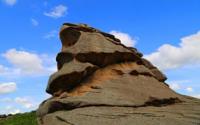
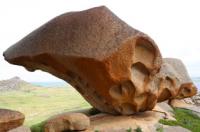
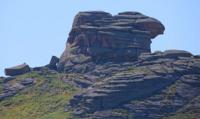
Kazakhstan Altai Adventure Trekking, Hiking & Tours.
“The creation of a thousand forests is in one acorn”
Ralph Waldo Emerson.
Hiking on high-mountainous ridges of Kazakhstan Altai.
Kalbinsky ridge (kaz. Kalba zhotasy) is located on the left bank of the Irtysh and is a continuation of the South Altai mountains in the western direction in the territories of Ulansky, Zharma, Kokpektinsky districts in the central part of the East Kazakhstan region.
The Kalbinsky ridge is located at absolute heights from 327 meters above sea level in the west to the nameless peak 1598 meters above sea level (geographical coordinates of the nameless peak 1598 meters high: N49 ° 20'51.57 "E83 ° 09'06.24") in the north-west of Kaiyndinskiy pine forest, in the eastern part of the ridge.
In the ridge there is: Cold hill 1380 meters above sea level, Kyzylkaiyn mountain 1493 meters above sea level, Taldy mountain 1547 meters above sea level, Aleksandrovskaya mountain 1377 meters above sea level, Aiyrtau mountain 1003 meters above sea level.
The western tip of the Kalba merges with the Kazakhstan folded region, to which some geographers sometimes refer it. The length of the ridge from northwest to southeast is 260 kilometers. The greatest width is 151 kilometers, at the place of measuring the width, the line passes: to the west of the Karazhal ridge in the vicinity of the sources of the Kokpekty river and southwest of the Urpektas mountain 811 meters above sea level and to the western coast of the Bukhtarma reservoir in the vicinity of the Trushnikovsky Bay.
Orography of Kalbinsky Range.
The Kalbinsky ridge resembles an elevated block with a wavy surface and dissected slopes. On average, the height of the Kalba mountains does not exceed 1000 meters above sea level. From the north, from the side of the Irtysh, attention is drawn to the original original forms of mountains, rising in close groups or separate hills, like exotic pointed castles.
The Kalbinsk Highland is located on the left bank of the Irtysh River in the steppe natural zone. It stretches from east to west, from the large bend of the Irtysh at the mouth of the Narym River to the Char River. The well-heated southern and western slopes of the Kalbinsk Highlands are occupied by poor feather grass steppes on chernozems; on the slopes of the northern and eastern exposure, landscapes of forb-cereal steppes and tall grass meadows on leached and ordinary chernozems are formed.
To the west, the ridge goes down and merges with Saryarka. The tops of the mountains are oval, the slopes are strongly dissected, some territories are flat. The ridge is a system of strongly dissected, mostly low-mountain massifs, reaching a height of 1300 - 1500 meters above sea level in the east.
To the west, the mountains go down and gradually turn into a small hillock with a height of 450 - 700 meters above sea level.
Geology of Kalbinsky Range.
The Kalbinsky ridge was formed as a result of the Hercynian folding. Repeated uplifts alternated with destruction. The region, which turned into a plain at the end of the Mesozoic era, was subjected to new tectonic uplifts in the Neogene and Anthropogene.
As a result, the modern mountain relief of Altai was formed. For the development of mountain gorges influenced by river erosion, mainly glacial, widespread in the Anthropogenic period. The influence of ancient glaciers is found in cirque and adjacent landforms and in smoothed plains, on mountain tops.
According to their geological structure, they are composed of metamorphic argillaceous silicon schists, limestone, granite and granitoid intrusives, and Paleozoic volcanic rocks.
Minerals in Kalbinsky Range.
The Kalbinsky ridge is rich in Paleozoic shales, sandstones and intrusive rocks (mainly granites). There are deposits of gold and polymetallic ores. Altai is rich in minerals. Large reserves of mercury, silver, tungsten, tin, brass, zinc and lead are located in Rudny Altai.
Gold and rare metals are mined in the Narymsky and Kurchumsky ridges, tin and tungsten are mined in the Kalbinsky. For the processing of minerals, metallurgical plants were built in Ust-Kamenogorsk, Ridder (Leninogorsk), Zyryanovsk.
Lakes of Kalbinsky Range.
In the north-western part of the ridge, steep and peaked, dressed in granite sloping slabs, are impressive mountain groups Monasteries up to 816 meters above sea level and Airtau 1003 meters above sea level), rearing up among the hilly steppe.
Beautiful is the high mountain Dungaly, 750 meters above sea level, in the mountains of Dongaly, similar to a giant pyramid, on the northern side of which Dubygalinskoye Lake splashes. Unique is the largest mountain group Sibinskaya, in the south of the Koktau massif, which is a bizarre interlacing of rocks framed by five small Sibiny lakes.
The axial part of the ridge, going to the southeast, is a system of rounded peaks and their spurs, on which there is a pine forest. he Kalbinsk mountains are not great, but they are filled with "relief surprises": sudden rises of the mountains and an equally rapid fall, again rises, slides, and so on to the very horizon.
Original narrow cracks, at the bottom of which rivers murmur, wide lush grasses, valleys with fertile pastures are beautiful. Kalba is the land of fabulously beautiful lakes. They are mainly located in the northwestern part among short spurs at an altitude of 580 - 620 meters above sea level.
All lakes of tectonic origin, shallow, are framed by granite and sandstone rocks and slab-like blocks. With clean, fresh, running water, overgrown with fescue, white wormwood, reeds, aspen, birch and wild rose bushes, yellow acacia, bird cherry banks.
At some lakes, the coastal strip is partially swamped; there are green bushes of pondweeds and lilies. The lakes are inhabited by roach, pike, dace, gudgeon, tench, carp. Dubygalinskoye Lake is widely known, located at an altitude of 343 meters above sea level near the lonely mountain Dongaly.
The lake is 2.4 kilometers long, the largest width in the northern part is 1.3 kilometers. The mountain, reminiscent of the Cheops pyramid, framed by the transparent blue water of the lake, has many poetic legends.
In the intermountain basin at the northwestern foot of the Monastyri and Airtau mountains lies Lake Air at an altitude of 502 meters above sea level. The lake is 1.6 kilometers long and 0.8 kilometers wide. Inimitably beautiful are the Altai lakes splashing among the granite shores.
Rivers of Kalbinsky Range.
The hydrography of the Kalbinsky Range is relatively poor: the rivers are shallow, low-water, shallowing in the second half of summer. They flow from the southern slopes of the ridge and flow among rocky mountains covered with mixed forests, their beautiful floodplains are densely overgrown with shrubs, poplars, aspen, birch.
In the northern part of the Kalba Mountains, among the rocky dry hills, the Kyzylsu, Kanai, Ulan and many other rivers carry their waters to the Irtysh. The Kokpekty River flows into Lake Zaisan, from the south-west of Kalba, as it were, the steppe river Char cuts, on which a small reservoir has been created.
Steppes of Kalbinsky Range.
The steppes of Kalba stretch from the southwest from the Kazakhstan hills. Swinging in the wind in summer waves of feather grass, running into the gray islands of polynyas, blooming thickets of bird cherry and viburnum rage along the logs with white-foam rivers.
Lilac bushes of wild roses and Tatar honeysuckle look festive, yellow-sunny caragana tree-like. A spicy aroma of thyme overheated in the sun, silky wormwood, immortelle spreads, panicles of oregano and yellow St. John's wort peep out in the lowlands.
Vegetation of Kalbinsky Range.
The Kalbinsky ridge is a forest land. Even on the very tops of the rocks, pine trees froze like bizarre green birds. Bors occupy large spaces of granite massifs. Pure pine forests are replaced by mixed forests. The dominant species are pine and birch, in some places aspen forests.
Of the shrubs, wild roses, meadowsweet, tree-like caragana, honeysuckle - small-leaved and Tatar, cotoneaster prevail, in the herbage - tansy, oregano, St. John's wort, snakeheads - thyme, Ruysha, The soil in the pine forests is covered with needles, giving a thick resinous spirit.
On granite rocks, leaf and scale lichens form mosaic patterns. On Mount Medvedka in the Koktau mountain group, fir trees have been preserved, which are relic islands of the bygone Tertiary period. In the rocks near the Sibinsk group of lakes, the Siberian buckeye grows, the range of which is located in Siberia and the Far East.
On the mountain passes, where the air is damper and cooler, representatives of the flora have survived, growing in dark coniferous forests in the Tertiary period. It should be noted that in the Kalbinsk Mountains there are many refugiums (remains of past floras) - crow's eye, medicinal kupena, sour sour, Krylov's bedstraw, fescue. Giant and Krylova and endemic species listed in the Red Book of Kazakhstan - venus turrets - flowered and spotted, Ledebour's almond.
The unique charm of the Kapbinskie mountains is given by mixed forests growing on the slopes with picturesque lawns, birch, aspen and bird cherry copses. Edges of bushes, meadows on which stone boulders are scattered, along logs and crevices near winding streams and lakes.
Fauna of Kalbinsky Range.
The fauna of Kalba is dominated by species well adapted to the steppe habitat conditions. In the summertime - an abundance of locust, agile lizards, steppe vipers, patterned snakes, Pallas muzzle. Flocks of pink starlings rush in the air, ordinary and steppe kestrels hang as if suspended on invisible strings, larks sing restlessly, bathing in the azure blue of the sky.
Quite often there are "indigenous inhabitants" of the steppes - demoiselle crane, large sandpiper, curlew, on damp meadows - big godwit, lapwing, snipe, rarely lapwing, listed in the Red Book. Orioles, common and large doves, warblers, nightingales, garden warblers live near rivers overgrown with poplars and bird cherry.
Shrub vegetation rises along the logs in the folds of rocks, black grouse, gray partridge, shrike and red-eared mountain and gall buntings nest. The steppe rocks are inhabited by wheatears - common, bald-headed, variegated stone thrushes, hoopoes, black swifts and rock buntings, rare and endangered species of birds nest here: golden eagle, falcons - peregrine falcon and saker falcon, black stork, eagle owl, common and steppe kestrels.
The avifauna of the main pine forests is represented by an insignificant species and number of birds: capercaillie, hazel grouse, black grouse. In sparse forests, one can meet typical representatives of the taiga fauna - forest or upland owl, Ural owl, black woodpecker, puff, chaffinch, great spotted woodpecker, common redstart, oriole.
t night, you can clearly hear the moans of the scops owl, the cries of long-eared owls or the continuous rumbling of ordinary nightjars. On the water bodies along the banks of the rivers, there are teals and ducks, sandpipers, kingfishers, mountain wagtails, and the gray crane occasionally nests in swampy valleys.
Of the mammals, the most common is the long-tailed ground squirrel - one of the most beautiful rodents with a strongly fluffy tail. His fellow small, or red-cheeked, ground squirrel lives in the fields, the steppe polecat is numerous, on wet meadows through the bushes in summer and winter you can hear the voice of the steppe pika, or haystack.
Significant marmot settlements have been preserved in the Kalbtnsky ridge, there are a lot of white hare, saltwort, ermine in the thickets of bushes, and chipmunks in the forest. In the rocky mountains there are large ungulates - argali, in winter the lynx comes.
For pine forests and mixed birch-pine forests, an endemic form of the Kalba squirrel is characteristic, a brown bear is common here, elk, roe deer, lynx, wild boar are often found here, white-tailed marten, listed in the Red Book, is rarely seen.
Geographic coordinates of the Kalbinsky ridge: N49 ° 23'17.21 "E81 ° 58'02.36"
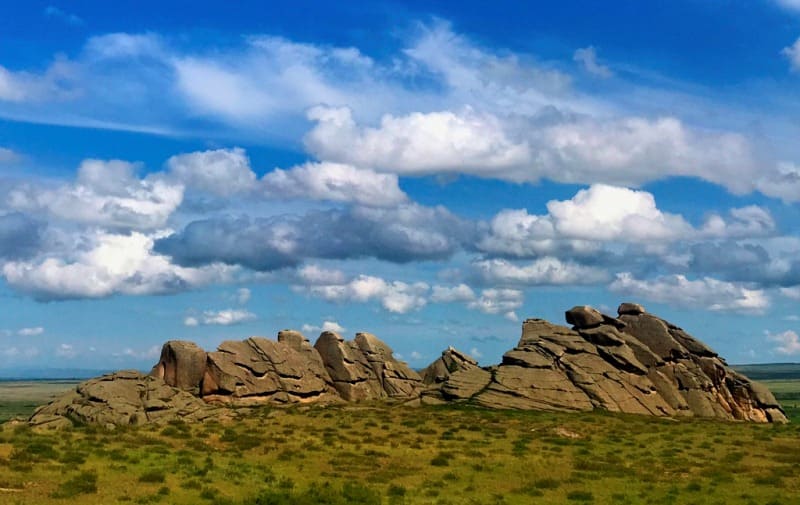
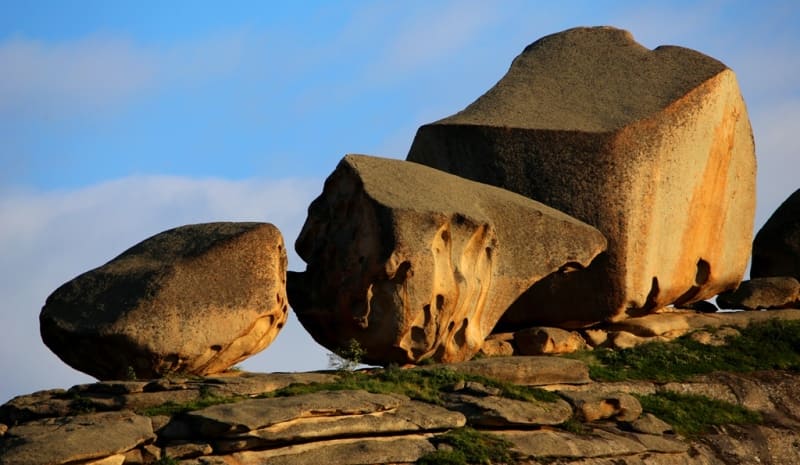
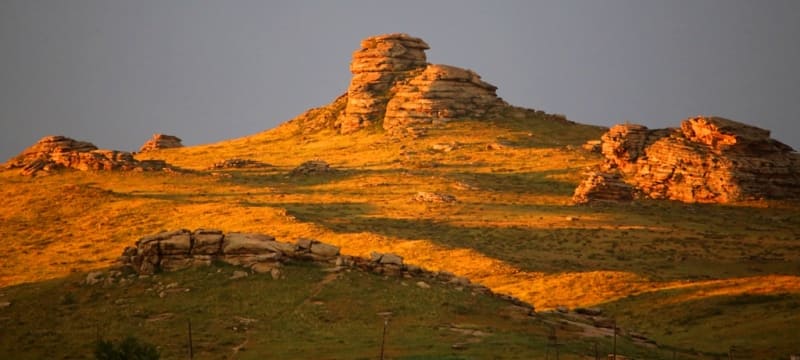
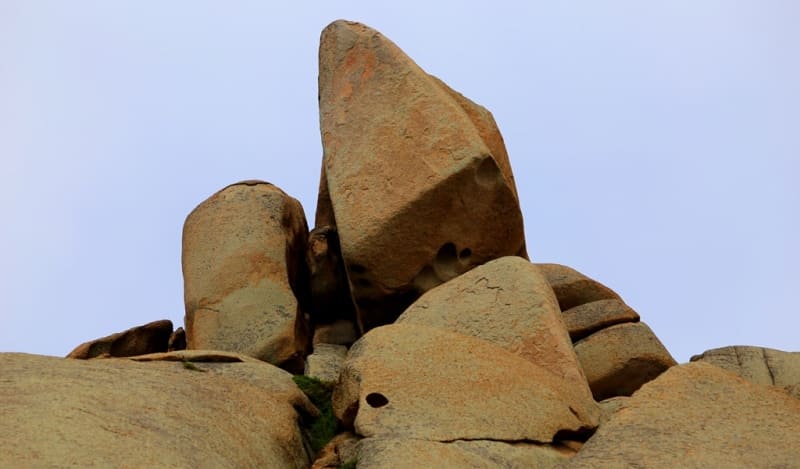
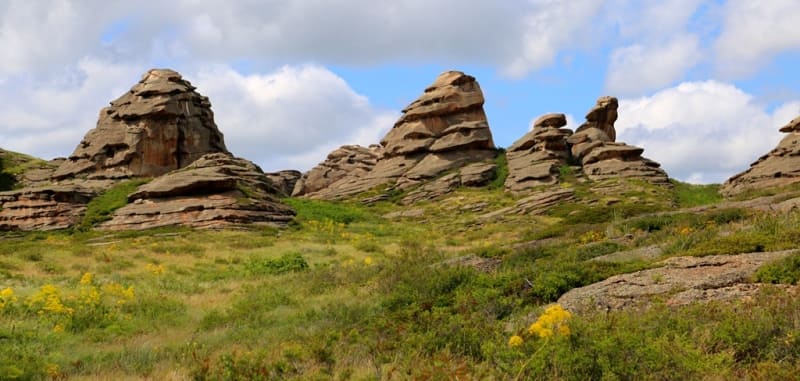
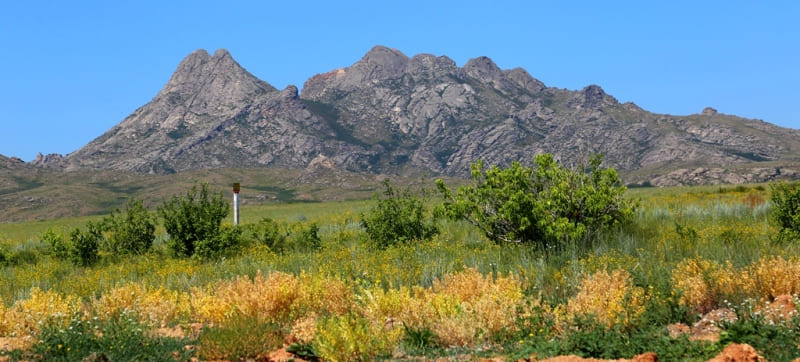
Authority:
"Altai of Kazakhstan", compiled by A.L. Kobozev, Alma-Ata, "Kainar", 1986.
Alexander Petrov by
Photos.







